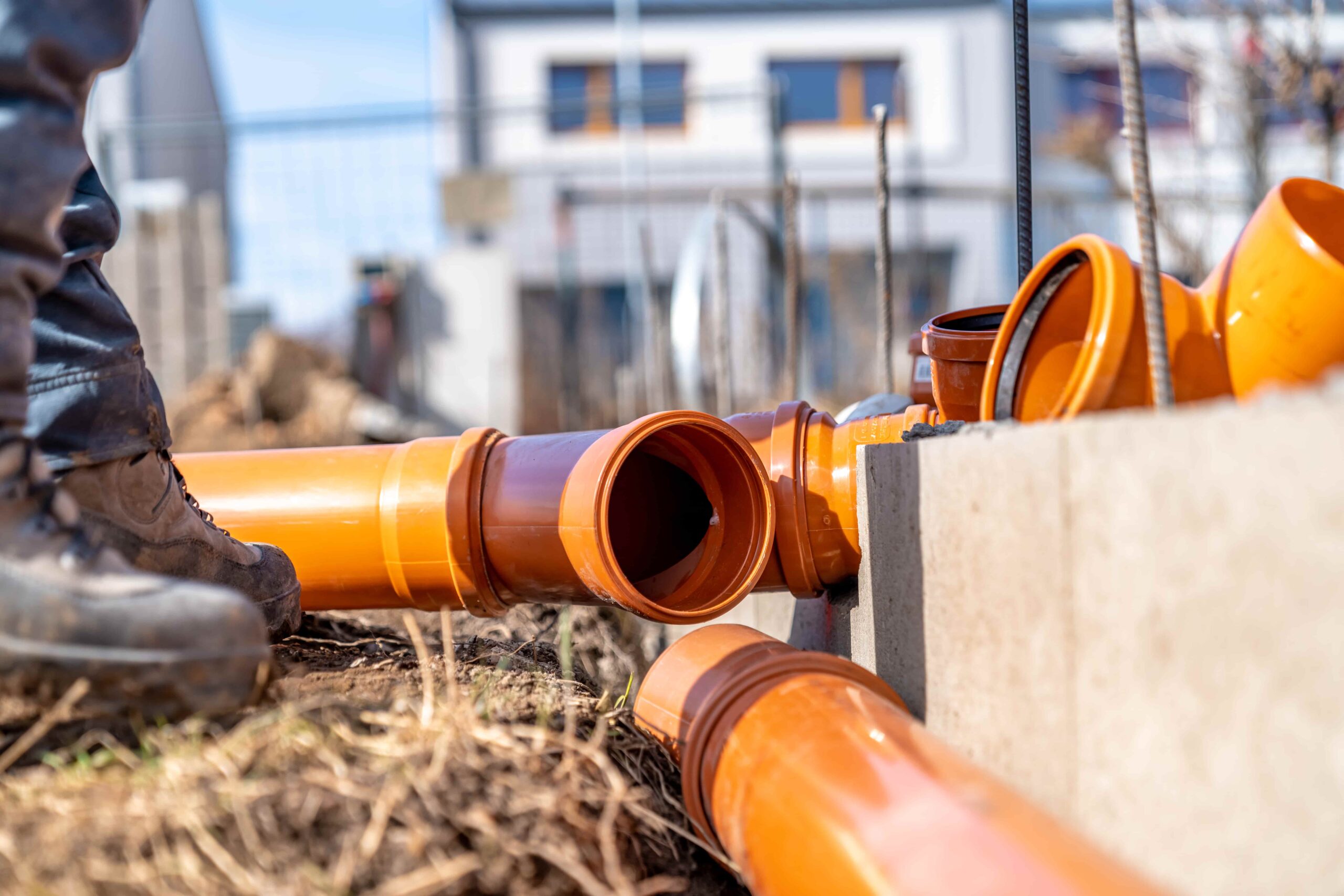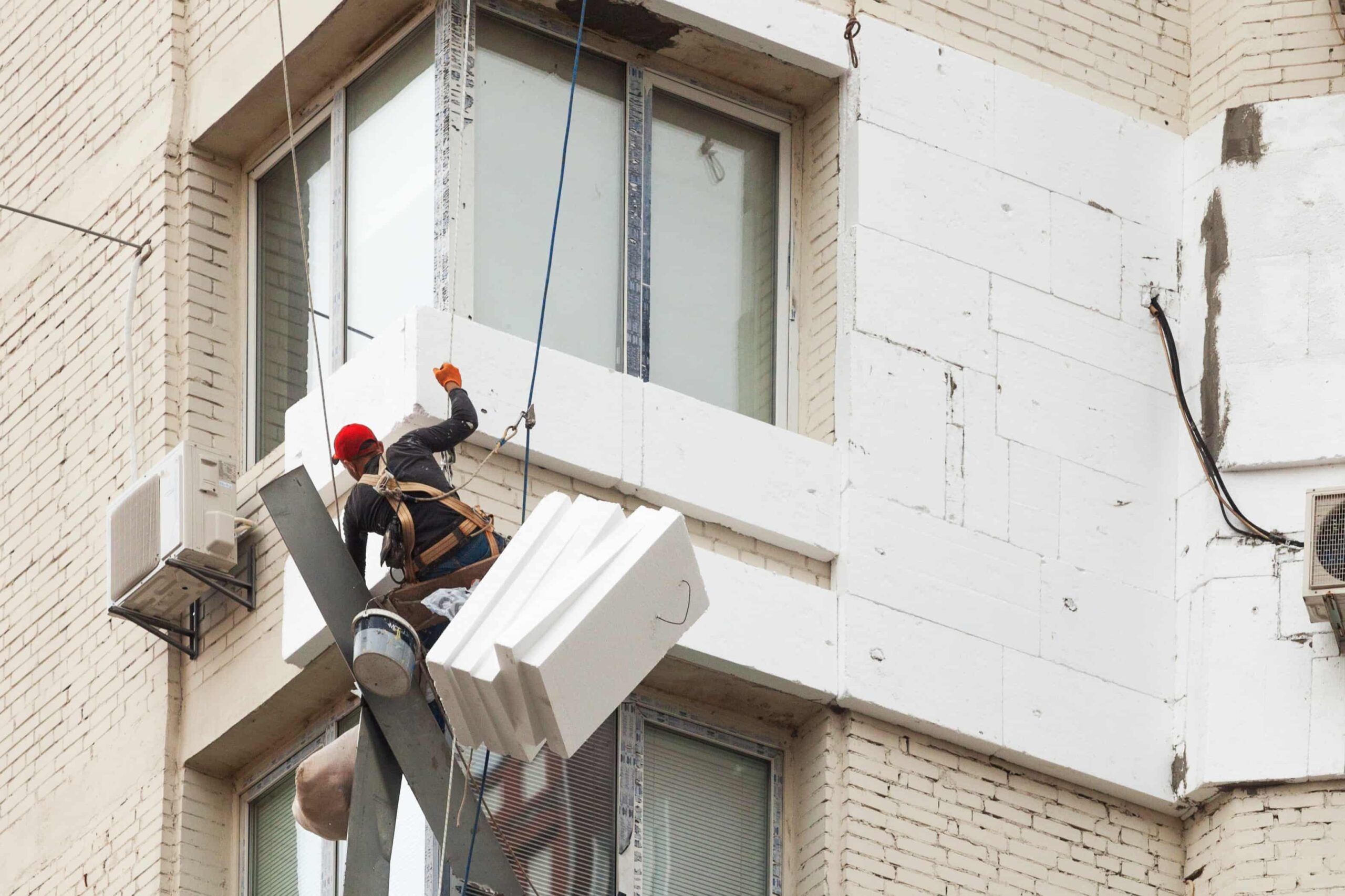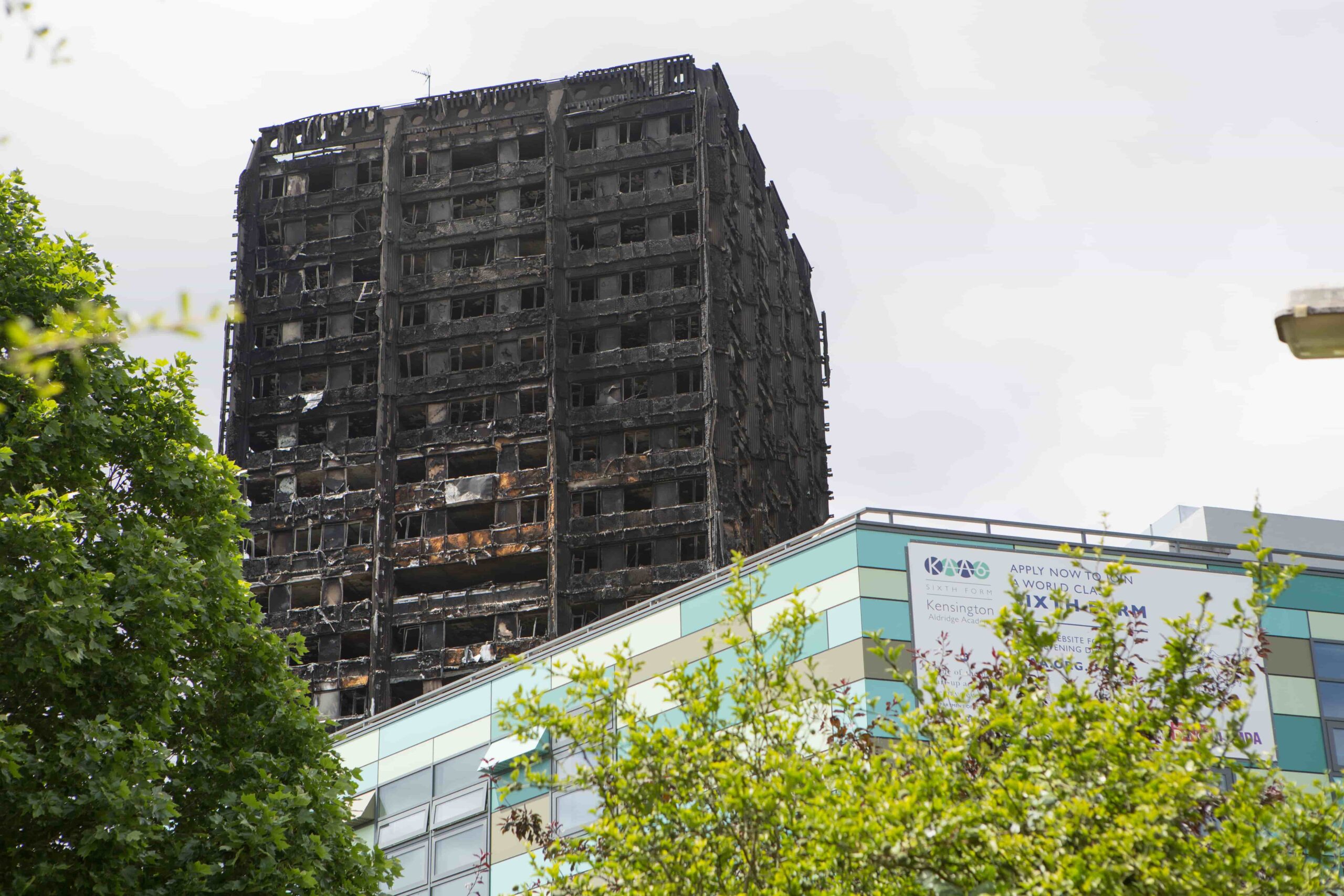Fire-resistant materials
It’ll come as no surprise that fire-resistant materials play a key role in reducing the risk and potential damage of fires. And yet, many of our homes and offices are equipped with materials that offer little to no protection against fires, or worse, actively encourage flames to spread.
How can this be? The truth is factors like cost often take priority when it comes to choosing building materials. This is why tried and trusted metals with strong fire safety credentials are increasingly passed over in favour of cheaper, combustible materials like plastic.
What makes a material fire-resistant?
A fire-resistant material is one that doesn’t burn easily. While no material is entirely fire-resistant, every material burns at a particular temperature and therefore has a certain degree of fire resistance.
In practice, fire-resistant materials are those able to withstand the temperature of the average building fire, which is around 1,100°C. The likes of concrete, steel, glass and copper can all be considered fire-resistant, because their ignition point exceeds this temperature.
Most plastics, on the other hand, have an ignition temperature of 350°C–500°C. The increased use of plastics in construction therefore poses a threat to health and safety, with a growing body of research linking plastic building materials to fires.
The rise of plastics in construction
The use of plastics in the construction industry has risen rapidly over the last 100 years and today, plastics are virtually ubiquitous in the built environment. From homes and offices to shops, schools and hospitals, plastic building materials surround us wherever we go.
Modern synthetic plastics have been around for more than a century, and their adoption in the construction industry has grown steadily as new technologies have been developed.
Some of the first major breakthroughs came in the 1930s, when popular plastics like polyethylene (PE) and polyvinyl chloride (PVC) begun commercial operation. Flexible and affordable, these early plastics were touted as an alternative to traditional building materials like steel and copper.
The use of plastic in construction continued to rise with the discovery of new materials like cross-linked polyethylene (PEX), high-density polyethylene (HDPE) and acrylonitrile butadiene styrene (ABS), while manufacturing advancements made plastics easier to produce in large quantities.
The construction industry’s increasing dependence on plastics means it’s now second only to the packaging sector in terms of global plastic consumption, with around 65 million metric tons of plastic being used by the industry every year.
How is plastic used in construction?
Today, plastic building materials are used in everything from doors and windows through to cables, pipes and roofing. Small components like screws, seals and hinges are often made of plastic and used in wall coverings, flooring, roofing and electrical wiring.
Pipes
Plastic is often used to build the pipes that supply water and heating in buildings. Plastic pipes have become a popular choice, particularly among plumbers and homeowners looking to conserve costs, with around 60% of water supply systems in new-build homes in the UK made of plastic.
Insulation
Another area in which plastics are frequently used is thermal insulation. Plastic foams such as polystyrene and polyurethane have come to rival the likes of fiberglass and mineral wool in the insulation of homes and other buildings.


Roofing
Plastic roofing sheets, typically made of PVC or polycarbonate, are being used increasingly as a cheaper and more lightweight alternative to metal roofing sheets as a means of protecting buildings from the elements.
Flooring
Plastic flooring has emerged as an alternative to traditional flooring for homeowners and businesses looking to cut down on costs, with the likes of PE, PVC and polypropylene (PP) all used to make flooring tiles.


Plastic building materials: playing with fire?
In the space of just a few decades, plastics have come to dominate our built environment, in many cases replacing tried and trusted materials that have served us well for centuries and met our needs without compromising those of the future.
The construction industry’s reliance on plastics is a growing problem for the environment, with plastic waste from UK construction companies increasing by around 70% to 98,284 tonnes in just a four-year period between 2014 and 2018.
Along with the environmental costs of consuming plastics, the prevalence of plastics in our built environment poses another threat that until recently has not been widely publicised – that of fire safety.
The Grenfell Tower fire, which claimed 72 lives and exposed dozens of firefighters to carcinogenic toxins, has led policymakers to reassess the fire safety credentials of the everyday materials used in construction.


Arising out of the investigation into the fire, the Fire Safety Act 2021 banned combustible materials from being used in the external walls of new buildings, with the legislation citing polyethylene cladding panels as a serious fire risk.
The ban on combustible cladding is the first step toward a safer living environment in which building materials can be trusted to limit rather than exacerbate the damage caused by fires.
However, many more threats to fire safety lie within buildings, in pipes, cables, roofing, flooring and insulation.
Much more must be done, therefore, to reduce the use of combustible materials in the construction industry and instead opt for fire-resistant materials like copper that can be trusted to prevent the unnecessary loss of human life.